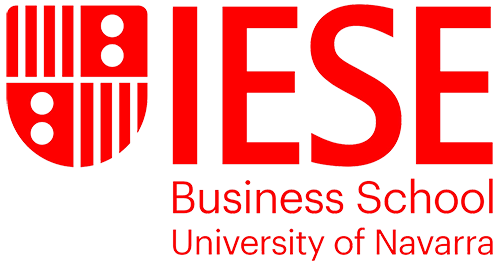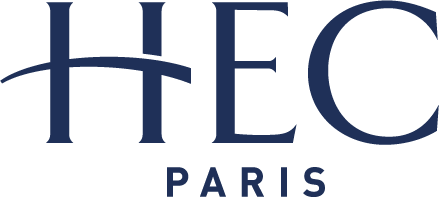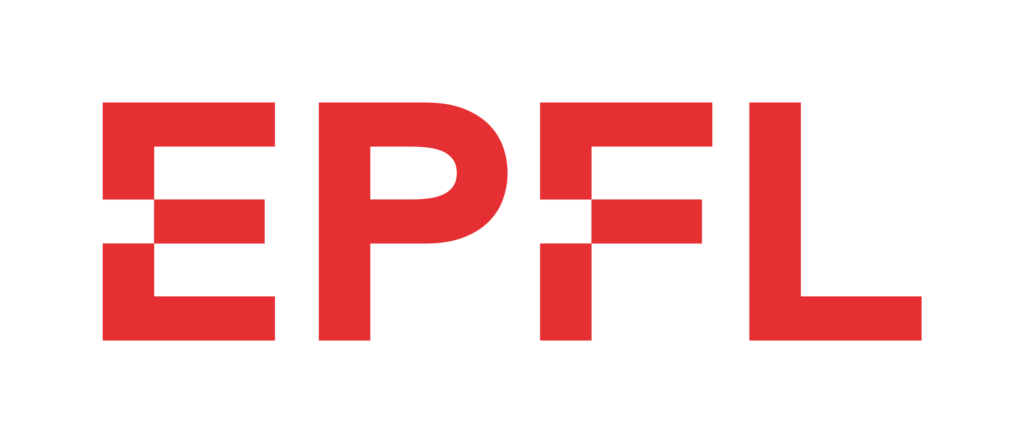Evaluation and Assessment
Constructive alignment is an instructional design approach that aligns learning activities, assessment tasks, and intended learning outcomes to ensure that students actively construct their understanding and demonstrate their knowledge in meaningful ways. The online nature of most EuroTeQ courses add restrictions to the kind of evaluation and assessments that is possible, but simultaneously invite us to think outside of the box in terms of designing assessment tasks that will support learning.
Design
When designing your assessment, you should strive for a balance between assessing student learning and promoting learning itself. You can consider the following points:
- Ensure that your evaluation and assessment methods align with the learning objectives you have set for the course. Assessments should measure the knowledge, skills, and competencies that students are expected to acquire.
- Ensure that your assessment methods adhere to ethical standards. Avoid plagiarism and academic dishonesty by clearly communicating your expectations and educating students about proper citation and academic integrity. Protect student privacy and confidentiality when collecting and storing assessment data.
- Provide reasonable accommodation for students according to their actual learning environment.
- Ensure that the content, language, and examples used in the assessments are inclusive for all EuroTeQ students. Review your assessment materials and methods to identify and eliminate any potential bias or discriminatory elements.
- How are learning objectives, learning activities and evaluation aligned in your course?
- How do you see assessments as an integral part of the learning process, providing students with opportunities to demonstrate their understanding and receive feedback for improvement?
- Is the exam format equally fair to home students and EuroTeQ students?
Action
- Use a variety of assessment types to measure different aspects of student learning. Consider incorporating formative assessments (ongoing assessments that provide feedback for learning) and summative assessments (evaluations at the end of a unit or course). Examples of assessment types include (but are not limited to) exams, quizzes, projects, presentations, essays, group work, portfolios, and practical demonstrations.
- Use self-assessment to make students reflect on their own learning, evaluate their progress, and identify areas for improvement, fostering metacognitive skills and promoting ownership of learning.
- What kind of assessments do you provide to the students?
- What can students learn from each of your assessments?
Reflection
- Continuously reflect on your assessment methods and make the necessary adaptations to ensure fairness. Regularly seek feedback from students and colleagues and be open to making improvements based on their insights and experiences.
- Did the exam, in fact, test the learning objectives?
- Evaluate the degree to which students achieved the learning objectives?
- What do you plan to keep/change for the next iteration?
- How have you ensured a fair examination? And have you discussed this matter with your colleagues?
Further Information
See how the EuroTeQ partnership teachers have done this in courses that have already been offered in the EuroTeQ course catalogue.
You can pay particular attention to the following courses:
- Factory-produced wooden houses (TalTech)
- Philosophy and Architecture (TUE)
For ideas on specific tools and methods to use check the EuroTeQ Learning Lab’s inventory padlet which has been compiled based on questionnaires and interviews conducted with EuroTeQ teachers.








